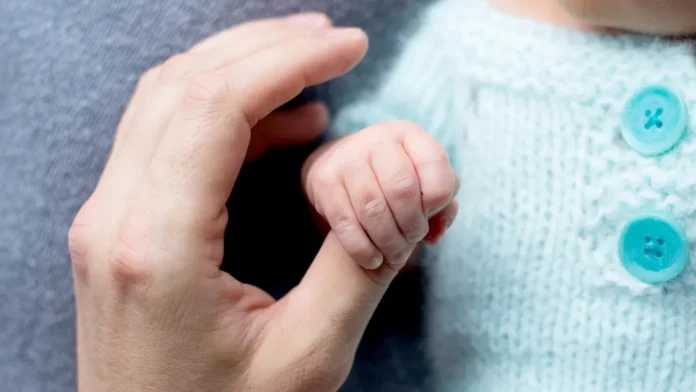A sperm donor in Europe fathered at least 67 children across multiple countries. He carried a rare mutation in the TP53 gene, which increases the risk of cancer. Ten of the children conceived with his sperm have since developed cancer.
Two families contacted fertility clinics after doctors linked their children’s cancer to the same genetic variant. The TP53 mutation causes Li-Fraumeni syndrome, a condition that significantly raises cancer risk. The Cleveland Clinic reports a 90% cancer risk by age 60 and a 50% risk by age 40 for those with the syndrome.
Detection limitations and genetic testing challenges
The European Sperm Bank confirmed that some of the donor’s samples contained the TP53 mutation. At the time of donation in 2008, this mutation wasn’t known to cause cancer. Standard screening methods could not detect it.
Julie Paulli Budtz, Vice President of Corporate Communications at the European Sperm Bank, said the donor underwent tests beyond standard requirements. She explained that genetic screening has limits. With around 20,000 genes in the human body, it’s not possible to detect every harmful mutation without a specific reason to search for it.
Call for regulation on donor offspring numbers
Dr Edwige Kasper, a biologist at Rouen University Hospital in France, presented the case at a genetics conference in Milan. She urged for a Europe-wide limit on the number of families or children per donor. While she doesn’t support full genome testing for all donors, she stressed the importance of preventing the spread of rare genetic diseases.
Her team identified 67 children from 46 families across eight countries. They found the TP53 mutation in 23 children. Ten of them had developed cancer, including leukaemia and non-Hodgkin lymphoma. Dr Kasper recommended that these children receive genetic counselling.
European Sperm Bank responds to concerns
The European Sperm Bank stated that donor-assisted reproduction remains safer than natural conception because of medical screening. The bank screens donors through physical exams, health history reviews, and testing for genetic and infectious diseases.
Still, the organisation acknowledged that no system can eliminate all risks. It supports an international limit on the number of families per donor. In addition to following national guidelines, it has set its own global limit of 75 families per donor.
Sperm donation guidelines in the United States
The United States has no legal limit on the number of sperm donations per individual. However, the American Society for Reproductive Medicine (ASRM) recommends a limit of 25 live births per 800,000 people.
ASRM advises clinics to keep detailed records and monitor the number of pregnancies linked to each donor. California Cryobank, one of the country’s largest sperm banks, limits each donor to between 20 and 30 families worldwide.
US regulations require sperm donors to pass physical exams, provide medical histories, and undergo lab testing for infectious diseases. ASRM also recommends psychological evaluations and genetic screening for donors, along with testing for recipients and their partners.
California Cryobank adds background checks, genetic screening, psychological assessments, and testing for viruses such as Zika.
